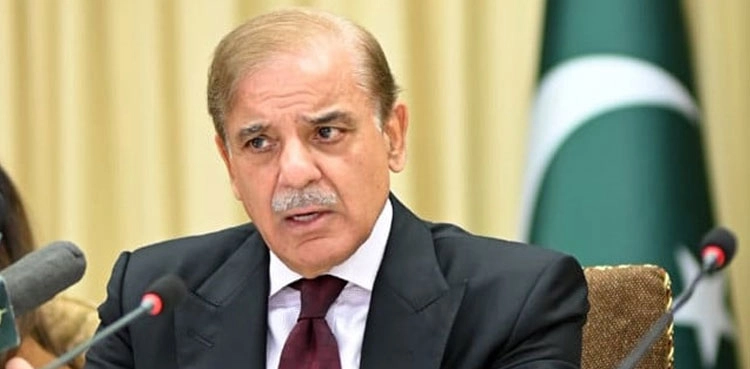Key Economic Achievements: Foundations for Export-Led Growth
Pakistan has made remarkable strides in stabilizing its economy, achieving significant milestones that pave the way for sustained progress. Among the most notable achievements:
- Record remittances: The fiscal year’s first five months saw $15 billion in remittances, with a projected $35 billion by the end of the year. This inflow improves the balance of payments and increases foreign reserves.
- Additional tax revenue: Improved fiscal management was demonstrated by the additional tax revenue of Rs72 billion obtained under the advance-to-tax ratio.
- IMF target success: The administration showed fiscal restraint by meeting 97% of its December IMF objective.
- End of sugar smuggling: There were no reports of sugar smuggling via Afghanistan for the first time.
- Macroeconomic stability: After nine months of concentrated work, stability has been achieved, setting the stage for expansion plans.
These achievements reflect a coordinated approach to addressing economic challenges and creating a robust foundation for Pakistan’s vision of export-led growth.
National Economic Transformation Plan 2024-29: The “Five Es” of Export-Led Growth
The government has unveiled an ambitious National Economic Transformation Plan 2024-29, anchored in the “Five Es” framework:
- Exports: Prioritizing export-led growth to drive economic expansion, create jobs, and boost foreign exchange reserves.
- E-Pakistan: Leveraging digitalization for economic efficiency and global competitiveness.
- Equity and Empowerment: Ensuring inclusive growth by empowering marginalized communities and reducing inequalities.
- Environment, Food, and Water Security: Addressing critical challenges to sustainability and resilience against climate change.
- Energy and Infrastructure: Modernizing energy systems and infrastructure to support industrial and export activities.
With export-led growth at its heart, this all-encompassing framework demonstrates the government’s dedication to a sustainable and balanced economic strategy.
Operational Improvements Driving Export-Led Growth
Operational efficiency has been a critical enabler of economic progress, with significant improvements achieved in key areas:
- Digital transformation at Karachi port: has resulted in an 89% reduction in cargo inspection times with the implementation of a faceless interaction system. Pakistan is now more competitive in global markets thanks to the simplification of trade procedures.
- Funding for FBR digitization: To increase transparency and efficiency, the Bill Gates Foundation donated $6 million to update Pakistan’s tax collection systems.
- Improved revenue collection: Creative strategies have raised tax adherence, promoting financial stability.
These operational advancements directly contribute to an environment conducive to export-led growth by fostering trade facilitation and reducing logistical barriers.
Leadership’s Vision: A Path Forward for Export-Led Growth
Prime Minister Shehbaz Sharif has reiterated the importance of sustained economic progress, emphasizing export-led growth as the central pillar of Pakistan’s future development. Key aspects of his vision include:
- Capitalizing on stability: Building on the hard-earned macroeconomic stability to propel export sectors.
- Focusing on the five-year plan: Following the transformative National Economic Transformation Plan 2024-29 to ensure long-term growth.
- Recognizing contributions: Acknowledging the efforts of officials and institutions in steering the economy toward recovery and growth.
According to PM Sharif, export-led growth is not merely an economic strategy but a necessity for Pakistan to achieve its full potential in the global marketplace.
A Comprehensive Approach to Sustainable Growth
Pakistan’s economic development and its transformation plan for the future demonstrate a two-pronged strategy: meeting urgent stabilization requirements while establishing the framework for long-term, export-driven prosperity. Pakistan wants to establish itself as a competitive force on the international scene by making strategic investments in digitalization, infrastructure, and capacity creation.
The administration has mapped out a clear route to economic resilience and prosperity by concentrating on the “Five Es” and coordinating operational enhancements with the vision of the leadership.

